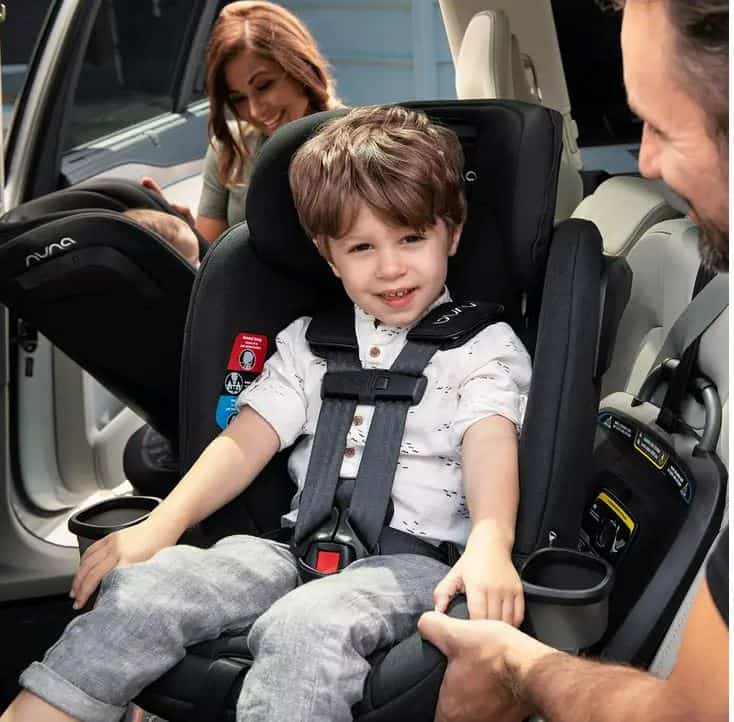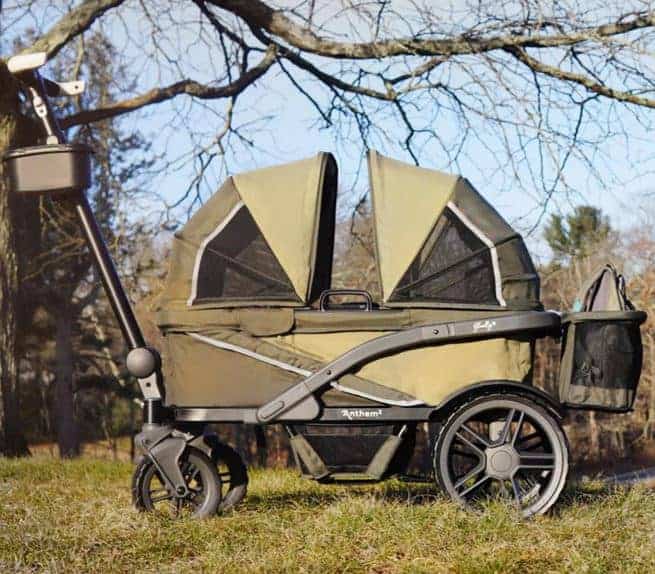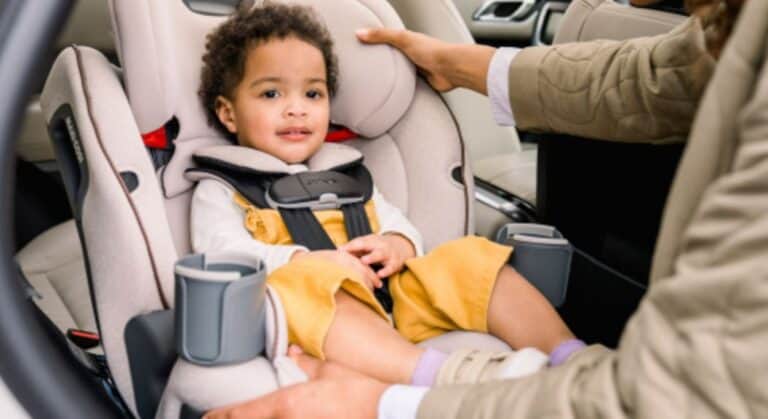
We thought we were fully prepared for the arrival of our first baby. Hours spent reviewing hospital bag checklists. Driving to the hospital after work to attend training sessions with lactation experts — what could go wrong, we got this — right? The delivery went well, but as we get ready leave the hospital the nurse asks: “So do you know how to buckle your newborn in the car seat?” Blank stares — “uhhh, would you show us?”
We thought putting a newborn baby in a car seat would be a no-brainer. Baby in, buckles on, bing-bang-boom. But it’s not as easy as one would think. Honestly, if it weren’t for the nurse that day, we wouldn’t know how to use the car seat, or how to put our newborn in the car seat. It’s not as simple as just buckling a few straps.
Why do you need a car seat for your newborn?
Car seats are non-negotiable, life-saving devices. Unless you are never going to take a car as the transportation for your baby. And that is rare. Legally, you are not allowed to leave the hospital without an infant car seat.
So why do you need a car seat for your newborn? The number one reason is to protect your baby from a car crash. “Car crashes are a leading cause of death for children ages 1 to 13.” With proper use of a car seat, it significantly reduces the risk of injury during a car crash.
Besides, a lot of car seats now can be used with a stroller as a travel system. You can go out with your baby but not interrupt her sleep.
Step-by-Step Instructions to Buckle Your Newborn in a Car Seat
1. Choose the Right Car Seat
Before we even talk about how to put your newborn in a car seat, let’s make sure you have the right one. The car seat market is more saturated than my little Noah’s diapers after a long nap. There are infant car seats and convertible car seats with infant inserts. Some car seats even swirl.
Choose the one based on your family’s needs and budget. It’s crucial to find one that’s approved for newborns and meets all safety standards.
If you are getting a used car seat, make sure to check the expiration date. Infant car seats expire every 5 years.
2. Install Your Car Seat Properly
Installing the car seat base correctly is half the battle. The safest place for your little one is in the back seat, ideally in the middle position. Aim for a 45-degree angle to keep your baby’s head from flopping forward. Many car seats come with angle indicators to help you out. If you’re like me and geometry wasn’t your strongest subject, these indicators are a godsend.
If in doubt, go to your local fire station. They can check whether your car seat is installed properly, or install the car seat for you for free! In our experience, they took their time to show us how to install the car seat, and how to check if it is safely installed. It is totally worth the trip before the baby comes.
3. Learn How to Get Your Car Seat In and Out of the Base
Infant-only car seats, normally come with two parts – the base and the car seat. The base stays in the car. The car seat can be easily taken in and out of the car. There is always the first time trying to figure out how to put the car seat in and get the car seat out from the base.
This is the time you’ll have to read the manuals. I know it is not the most exciting thing to do. Or you can search for instruction videos online.
Practice it at least once before the baby’s on board. It’s much harder to figure this out while your newborn is in the car seat crying. We wouldn’t be able to think straight.
4. Dress Your Baby Properly
Now your car seat is ready. Don’t rush to put your baby in just yet. Let’s think about outfits. Puffy jackets and extra layers can create space between your baby and the car seat straps, making it less secure. Opt for a onesie or light layers. That cute poofy snowsuit can wait until you’ve arrived at Grandma’s.
5. Losen the Harness

Loosen that harness! There’s nothing like trying to fit your baby into straps that are as tight as skinny jeans after Thanksgiving dinner. So, before you place your newborn in the car seat, unbuckle the harness clips and loosen the straps.
After practicing this for more than 2 years and almost every day, I find it’s much easier to sort the straps out before you put the baby in the car seat. So you are not trying to dig the straps out when your baby is crying or squirming in the car seat.
6. Put Your Baby in the Car Seat
This should sound as simple as possible. Support your baby’s head and neck as you gently place them in. Your baby’s bottom should be flat against the car seat, and the harness straps should lie flat, without any twists.
7. Harness Adjustment
Once your baby is strapped in, tighten the harness. It’s time for the “pinch test.” Try to pinch the straps near your baby’s shoulders. If you can pinch any slack, you need to tighten the straps a bit more.
The chest clip should be on the chest. Duh… It is critical to move the chest clip to the correct place to protect your baby from a crash. It should be placed at armpit level, in between nipples. If it’s too high, it will cause a potential choke.
8. Add Final Touches
Once your newborn is securely fastened, you can tuck a blanket around them for added warmth if needed. Remember, the blanket goes OVER the straps, not under. No shortcuts here; safety first!
9. Double-Check Everything
Before you hit the road, double-check all buckles and straps. Make sure nothing has come loose in your newfound excitement of successfully placing your newborn in a car seat.
Last but not least, don’t forget about all the newborn essentials. It has become a habit of us to bring the diaper bag full of baby essentials anywhere we go.
Key Considerations For Newborns in the Car Seat
At the newborn stage, your baby doesn’t need anything else besides herself, maybe a pacifier, and a small blanket if needed. Similar to the safety of infants sleeping in the bassinet or crib, any loose items placed above her head could be dangerous to your precious baby.
Don’t reposition your baby’s head position to push it down to the chest. You are blocking your baby’s airway by doing that. It’s harder for them to breathe in a chin-to-chest position. When you add head padding, make sure your baby’s head is not pushed down much.
Consider putting a car baby mirror at the headrest of your baby’s seat in the car. It allows you to see your baby during the car ride while your baby is rear-facing. It gives you peace of mind when you know what’s going on with your baby.
Wrap Up
There you have it. You are ready to hit the road! There is nothing like the first time driving with a newborn in the back. We drove at a cautious 30 m/hr on a 35 m/hr road when we drove our precious Sarah back home from the hospital. A rarity for my NASCAR husband — it’s just different when you’re carrying precious cargo.
Now, we are pros, and we really enjoy taking our babies out. With this article and practice, you will be a pro sooner than you think.






